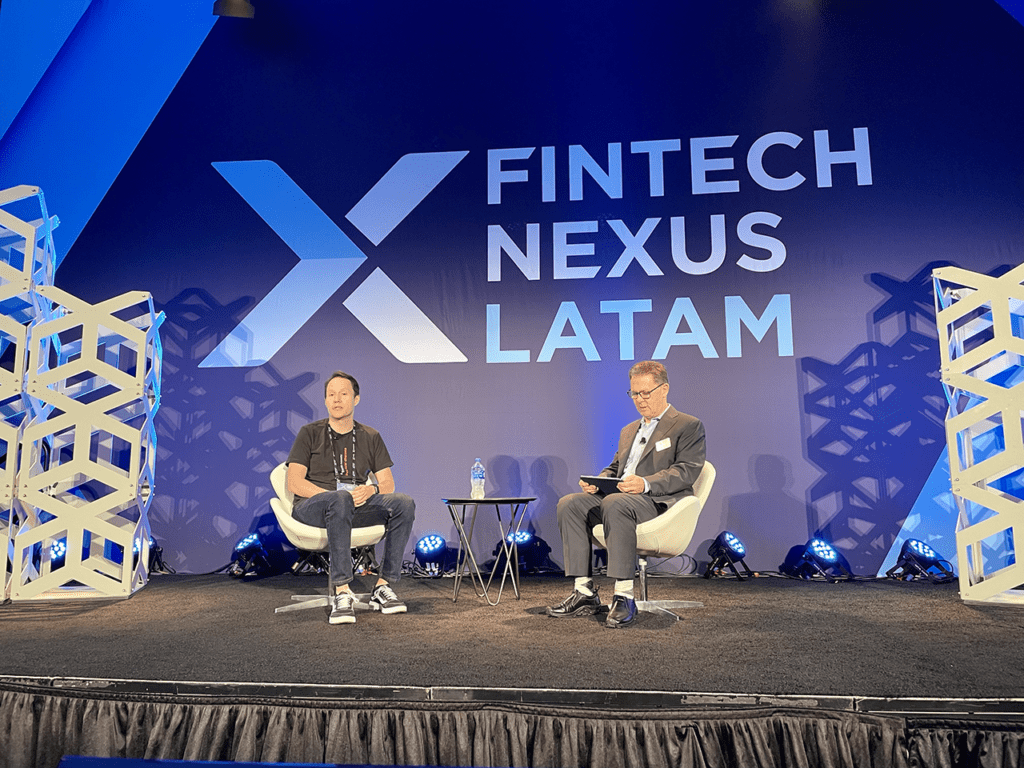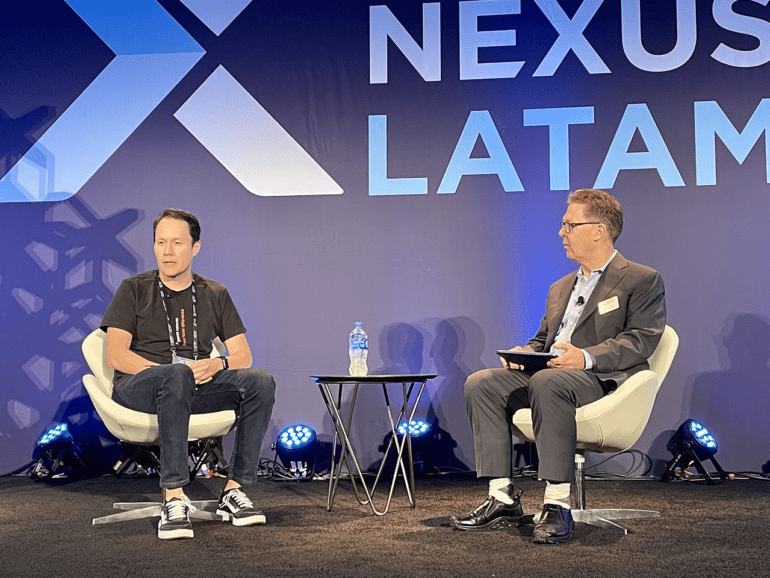MIAMI, Fla. — Digital bank Banco Inter is no stranger to taking the road less traveled.
“By mentioning digital bank, I think that’s where we start our whole story of disrupting the banking experience,” said Jairo Ochoa, Inter’s Head of Marketing, in an interview with Peter Renton at Fintech Nexus LatAm 2022.
The company started as a digital bank in Brazil in 2015 when the Brazilian regulators were catering towards developing digital offerings.
“This opened a great opportunity for new players to start building a business in a market dominated by a few firms charging a lot of fees for people to deposit. So we started in 2016 with the first fully digital, free-of-charge savings account. This was a game changer at that moment.”
The company has since gone from strength to strength, rolling out a full spectrum of low-cost banking products. They now have a total user base of 24 million people.
Using the first product to streamline solutions
“By starting to analyze and experience the huge success that this first product had, we saw that within the market at that moment, there were a lot of different products that could have penetration in terms of the general population,” said Ochoa.
“We saw an opportunity in this whole process that a user already had gone through for that product, in terms of the KYC, and all the other information that we have, and how we can leverage this by connecting other avenues and creating an ecosystem on which we can provide more solutions.”
“We could think beyond the borders of a bank’s general playbook, provide different solutions differently, in a much more comprehensive ecosystem.”
In leveraging the data acquired in the customer onboarding, they found they could streamline the process for customers in engaging with other products. This approach allowed the company to expand into the US market, adapting to the needs of the consumer base in the new jurisdiction.
“These synergies result from finding new ways to provide solutions to our users based on the first product, which was created free of charge.”

Invest now, pay later
A new focus for the digital bank is the premise of Invest now, pay later. The product aims to democratize investment and wealth creation. Using the same premise as buy now pay later, customers can fund their accounts in parts, receiving gains from the total investment amount.
“We see that if many financial institutions are pushing people to buy something with a buy now pay later, what if we incentivize people to leverage for investments? We believe it will democratize access to investment,” said Ochoa.
“We provide the possibility to buy an investment as easily as using a credit card. You can invest in different options that we have as a way to start creating wealth. We believe it will not only democratize the access to investment but also change a little bit of the narrative behind how to create wealth.”
Inter Expands into the US
In its growth, Inter took the atypical decision to expand from Brazil straight into the US market, launching in 2022.
Initially focused on the remittance market, the company intends to follow up with an app akin to its original Brazillian offering.
“If you see the US as a market, specifically the Latino community, we’re talking about a 60 to 70 million community, active and constantly evolving. Most of the relationship with financial instruments or products is the money remittance business. It is a huge one here in the US. We’re talking about one of the most important corridors worldwide to send money between the US and Mexico.”
In addition to remittance between the US and Mexico, the product supports currencies of over 60 countries.
The company found that in both markets, a set of divisions existed that created barriers for consumers to engage with financial products.
“There is a unique set of conditions that, for a large part of the population, it’s challenging to start engaging with different entities,” said Ochoa. He explained that mobile access had allowed a different environment to thrive.
“Hacking this possibility to engage with many different products from your mobile is a condition that resonates. We are seeing that we can also find this set of ambitions here in the US…So we’re providing these solutions that will solve many of the constraints that many of us in Latin America already have.”
He explained that in this way, they aimed to not only showcase themselves as the best in the market but also make money management, as a whole, more accessible for their customers.
“The next step is integrating with different services, so you can make lives easier for your target, knowing exactly the constraints and problems they face daily.”


